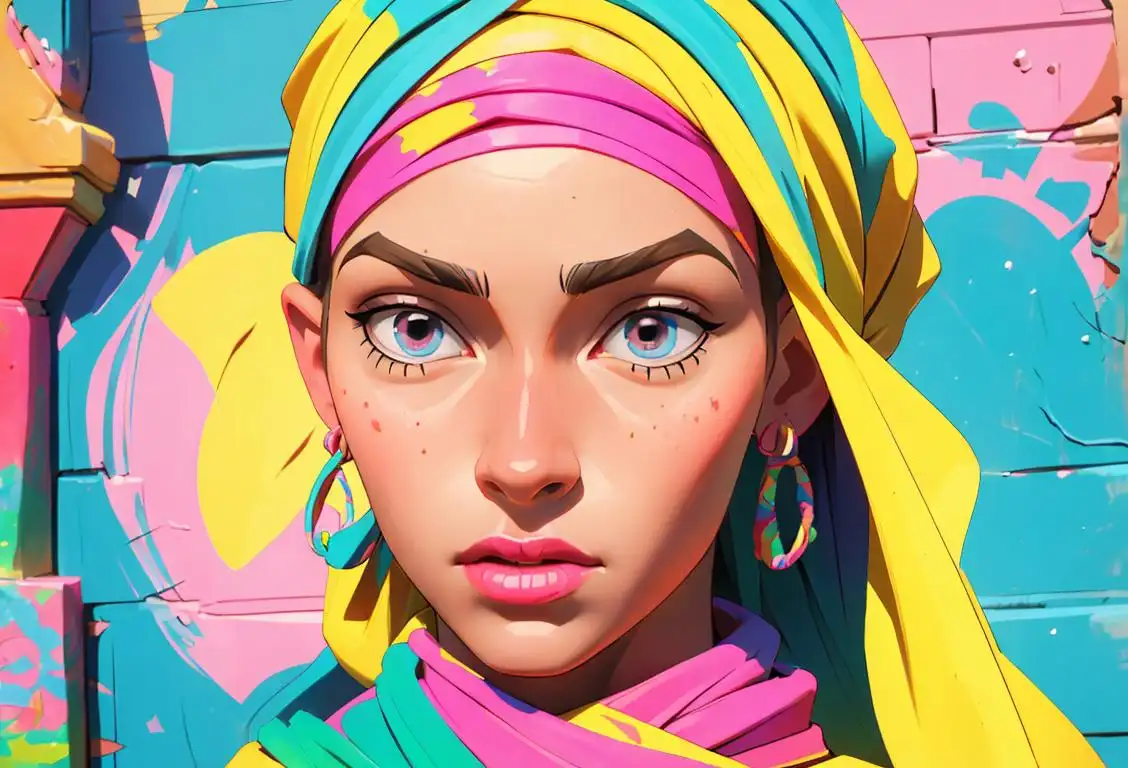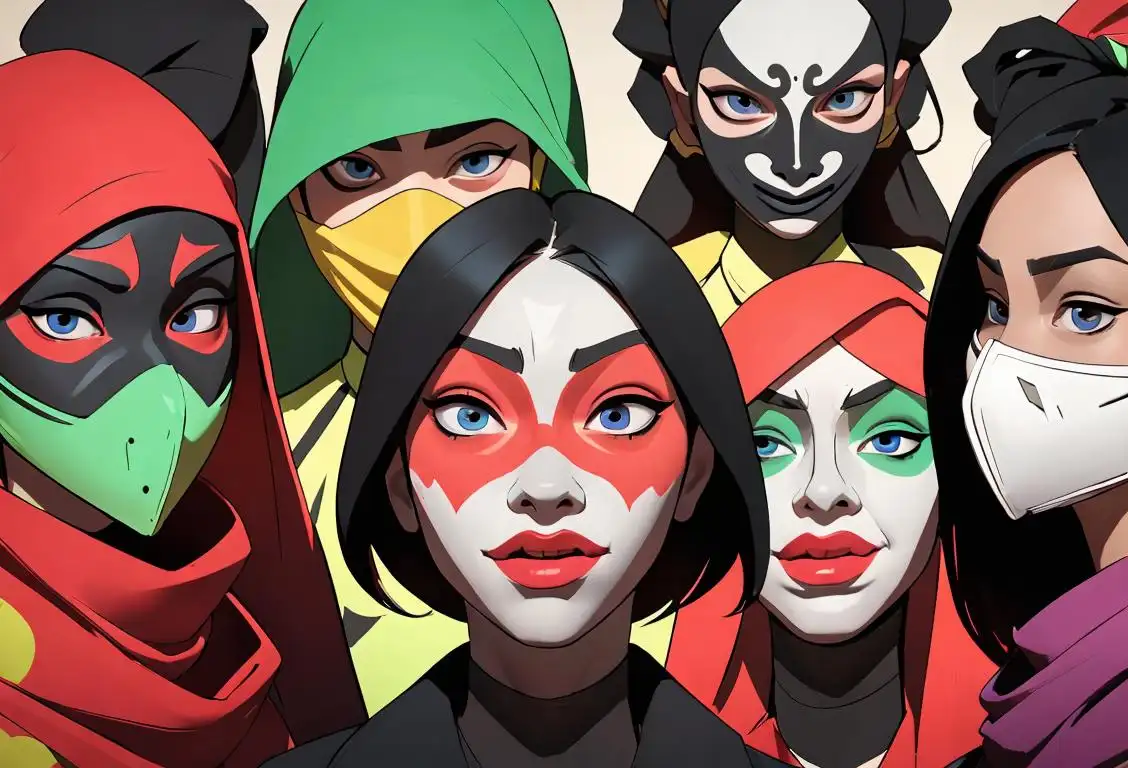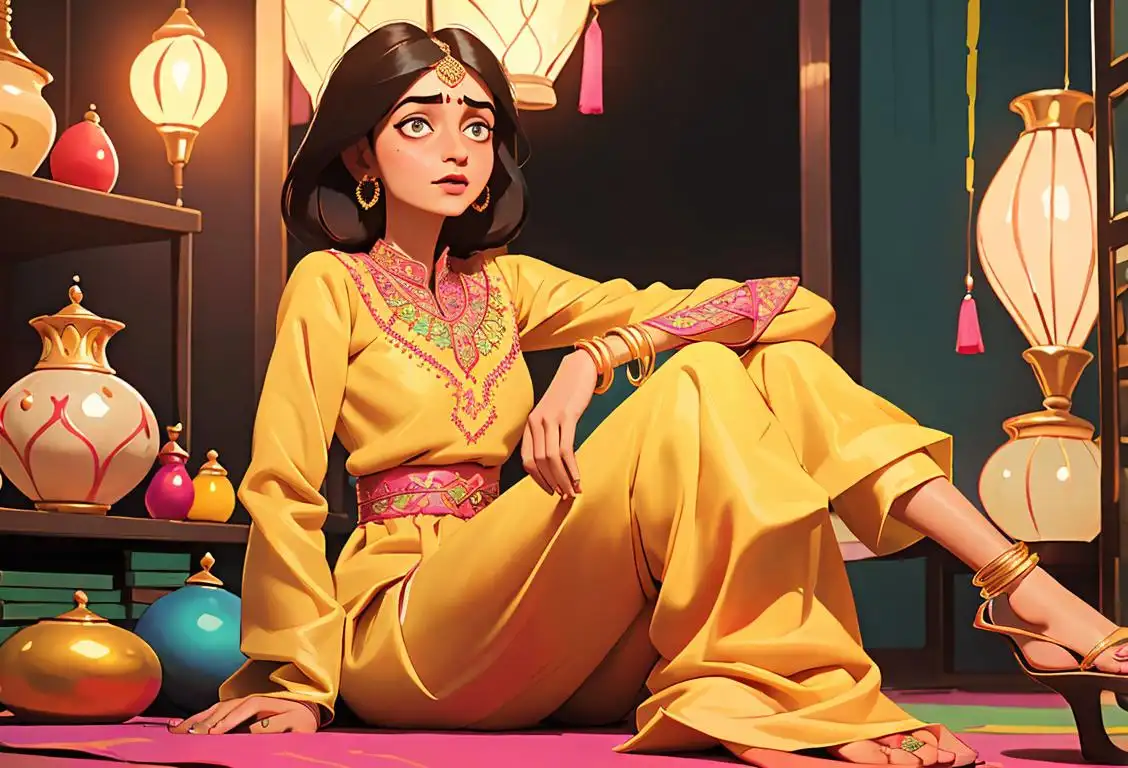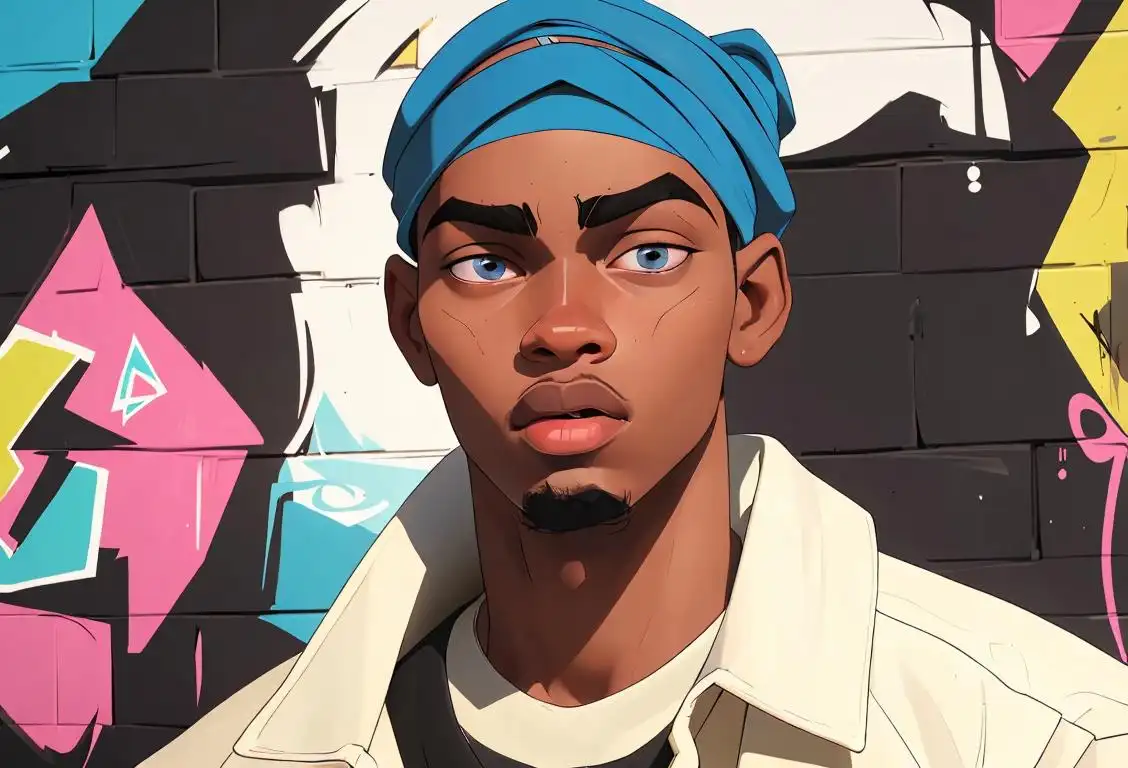National Head Wrap Day
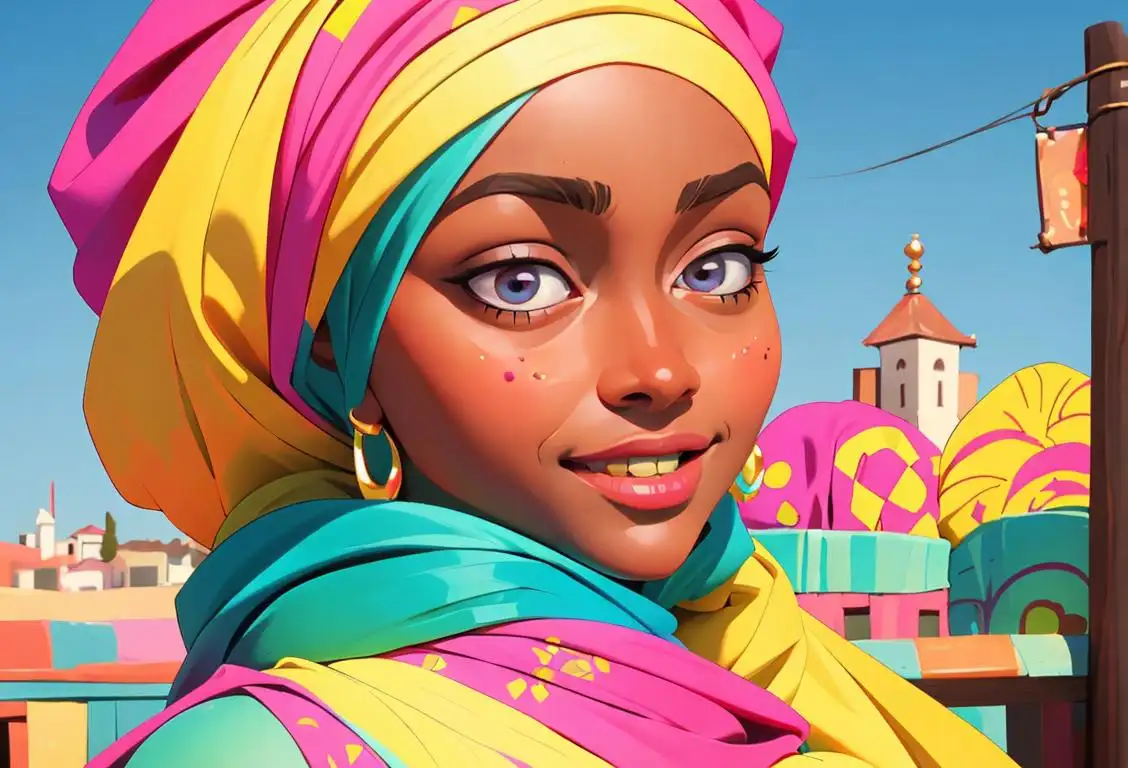
Hey there! Are you ready to wrap your head around the fascinating history of National Head Wrap Day? Well, grab your favorite scarf and prepare to learn all about this trendy celebration!
When is Head Wrap Day?
It's national head wrap day on the 20th November.
The Origins of National Head Wrap Day
Did you know that head wraps have been a fashion statement for centuries? From ancient Egypt to modern-day runways, these stylish accessories have always added a touch of flair to any outfit. National Head Wrap Day celebrates the diverse cultures and the rich history behind this versatile headwear.
It all started on November 20, 2015, when the internet exploded with excitement over head wraps. With 347 mentions online, it was clear that people were ready to embrace this fashion trend and celebrate it as a National Day.
How to Celebrate
On National Head Wrap Day, get creative and rock a head wrap that showcases your unique style. Whether you prefer bold patterns or subtle colors, there are countless ways to tie a head wrap and make it your own. You can experiment with different techniques, watch tutorials online, or even host a head wrap party with your loved ones.
If you're feeling extra adventurous, why not participate in a head wrap contest? Show off your head wrap skills and see who can create the most intricate and jaw-dropping design.
Did You Know?
Did you know that head wraps are not only fashionable but also functional? In addition to making a stylish statement, they can also protect your hair from the elements and help maintain moisture. So, the next time you reach for your favorite head wrap, remember that you're not just looking fabulous, but you're also taking care of your locks!
History behind the term 'Head Wrap'
Prehistoric Times
Earliest Known Head Wraps
In prehistoric times, head wraps were worn by both men and women in various cultures around the world. These early head wraps were made from natural materials such as leaves, animal hides, and fabric remnants. They were used for practical purposes such as protecting the head from harsh weather conditions, as well as for cultural and ceremonial reasons.
Ancient Egypt (1350 BC)
The Importance of Head Wraps in Ancient Egyptian Society
Head wraps, known as 'turbans' or 'nemes,' held significant cultural and religious importance in ancient Egypt. Pharaohs and high-ranking officials wore elaborate head wraps made of linen and adorned with intricate patterns. The style and color of the head wrap denoted social status and played a symbolic role in religious rituals, representing power and divinity.
18th Century
Head Wraps During the Trans-Atlantic Slave Trade
During the trans-Atlantic slave trade, head wraps became an integral part of the cultural identity of African descendants. Enslaved women, forcibly separated from their traditional head wrap practices, used fabric scraps or 'slave cloths' to create head coverings. These head wraps served as a form of resistance, a way to maintain a sense of pride, identity, and cultural heritage.
1960s-1970s
Head Wraps as a Symbol of Black Power
In the 1960s and 1970s, the Black Power movement sparked a resurgence in the popularity of head wraps among African Americans. Head wraps became a symbol of black pride, resistance against racial discrimination, and cultural expression. They were often worn by activists, artists, and individuals committed to promoting black identity and empowerment.
Present Day
Head Wraps as a Fashion Statement
In modern times, head wraps have evolved into a fashion statement embraced by people from diverse backgrounds. They can be seen on fashion runways, music festivals, and in everyday street style. Head wraps offer individuals the opportunity to showcase personal style, cultural heritage, or simply add a touch of flair to an outfit. They have become a versatile accessory appreciated by many for their beauty, versatility, and cultural significance.
Did you know?
Head wraps are not only fashionable, but they also help protect your hair!Tagged
fun culture style fashionFirst identified
1st November 2015Most mentioned on
20th November 2015Total mentions
347Other days
Head Wrap Day
Dress On Vyshyvanka Day
Batik Day
Headwrap Day
Mask Day
White Shirt Day
Wear Brown Shoes Day
Denim Day
Shalwar Kameez Day
Trend With This Durag Day


